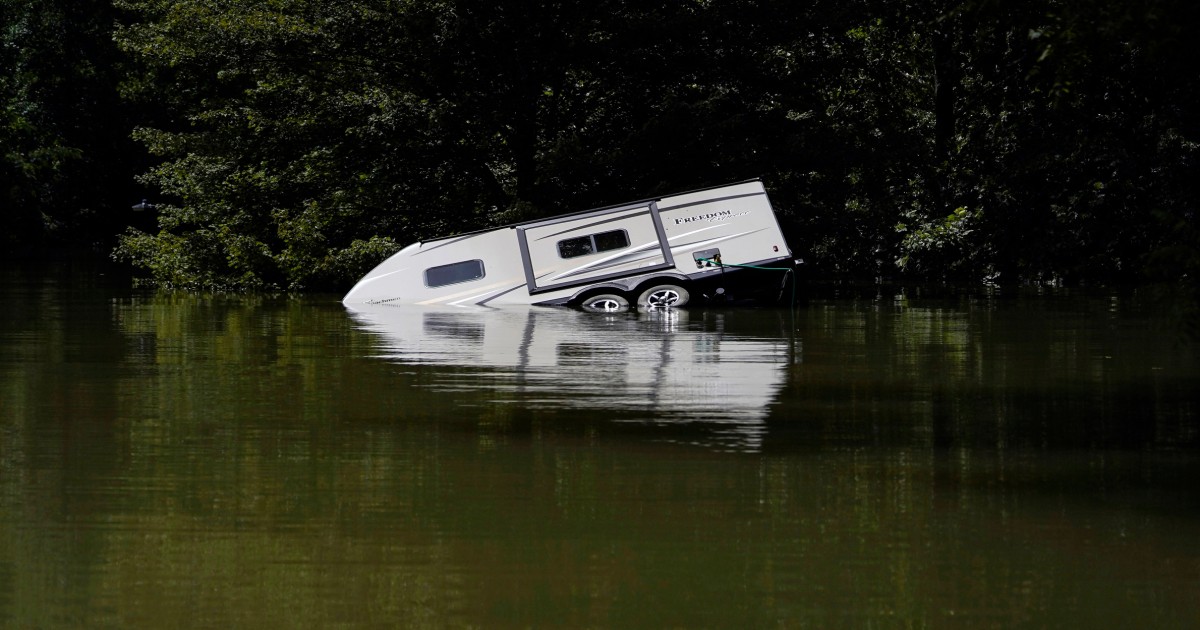
“No matter where you are, you see the same changes. We have higher rainfall intensities now than 50 years ago,” Prein said, adding that it’s a trend observed in both weather observations and climate modeling.
There are several reasons for the trend.
Chief among them: A warmer atmosphere can simply hold more moisture. “We’ve known this for almost 200 years from physics,” Prein said.
For every degree Fahrenheit of warming, the atmosphere can absorb about 4.5% more water, Prein said. For every degree Celsius, that figure is about 7%. Human activities have been responsible for about 1.1 degrees Celsius of global warming so far, according to a recent United Nations report on climate change.
In the right conditions, “you can wring more moisture out of the atmosphere” today than in the past, he said. That’s a trend that will continue to amplify as the world grows warmer, a result of humanity’s reliance on oil and gas.
Some research suggests climate change is also causing storms to grow.
“The storms themselves are changing as well. We have a few studies showing the storms that increase heavy rainfall are increasing in size,” Prein said.
In the future, researchers expect more intense droughts, punctuated by severe bursts of precipitation.
“The variability of rainfall is increasing,” Prein said. “We expect that there are longer periods that are dry and short periods that are very wet.”
Of the five regions that saw 1-in-1,000-year rainfall this summer, four had been experiencing droughts of varying intensities.
These trends have made a mess of the probabilities meteorologists, engineers and average people use to contextualize the likelihood of flooding or exceptional rainfall. As the climate warms, risks shift.
“What does a 1-in-1,000-year event mean?” said Robert Jnglin Wills, a research scientist in the department of atmospheric sciences at the University of Washington. “That can be calculated in the climate of the past or the distant past before greenhouse gases were affecting the climate at all. This is changing continuously with climate change.”
As the world warms, the likelihood of what was once a 1-in-1,000-year event has shifted dramatically.
Just considering the increase in warming since the early 20th century and through today, “the probability of an event like this has increased by a factor of between 1.5 and 5,” Wills said, citing data from several studies, whose results vary by region, season and other factors.
Source: | This article originally belongs to Nbcnews.com










